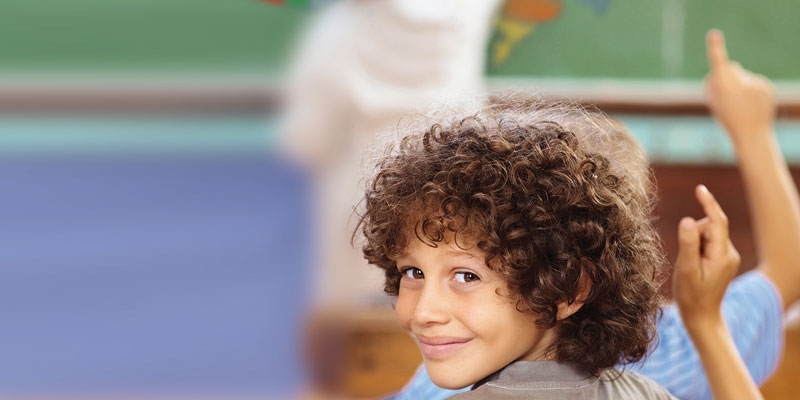Where Our Students are Educated: Measuring Student Enrolment in Canada, 2017

This study measures the degree to which Canadians choose between the three principal ways of educating their children: public schools, independent schools, and home schooling for the period from 2000-01 to 2014-15.
Enrolment is affected by a declining school age population. The number of Canadians aged 5 to 17 declined 6.6 percent between 2000 and 2015. Every province except Alberta (growth of 11.6 percent) recorded a decline over this period.
Public schooling
Depending on the province, education in public schools can take a variety of forms including Anglophone public, Francophone public, Anglophone separate, Francophone separate, and charter schools. In 2014-15, New Brunswick had the highest level of enrolment in public schools at 98.5 percent of total enrolment. British Columbia had the lowest enrolment level in public schools at 86.8 percent.
Every province except Alberta (increase of 13.4 percent) recorded a decline in the absolute number of students enrolled in public schools. At 24.8 percent, Newfoundland & Labrador recorded the largest decline over the period.
The highest rate of Anglophone public school enrolment in 2014-15 was in Newfoundland & Labrador (97.9 percent). Not surprisingly, Quebec maintained the lowest level of enrolment in Anglophone public schools at 8.5 percent. The lowest enrolment level outside of Quebec was Ontario at 62.6 percent.
Every province except Alberta (increase of 7.7 percent) experienced a decline in absolute enrolment in Anglophone public schools between 2000-01 and 2014-15. Every province except New Brunswick also experienced a decline in the share of enrolment represented by Anglophone public schools over this period.
Quebec maintains the highest level of enrolment in public Francophone schools at 79.1 percent. New Brunswick follows Quebec in terms of enrolment in public Francophone schools at 28.8 percent.
However, both provinces actually recorded declines in enrolment in Francophone public schools between 2000-01 and 2014-15 of 12.8 percent and 24.6 percent, respectively. The eight remaining provinces all experienced increases in the enrolment levels in Francophone public schools.
Ontario, Saskatchewan, and Alberta also offer separate schools (primarily Roman Catholic) within their respective public school systems. More than one in five students in 2014-15 in each of these provinces was educated in a separate school: 24.9 percent in Alberta, 22.8 percent in Saskatchewan, and 29.4 percent in Ontario.
Enrolment in separate schools in Ontario, both in absolute numbers and as a share of total enrolment, is declining. Alternatively, enrolment in separate schools in both Alberta and Saskatchewan is increasing in both absolute numbers and as a share of total enrolment.
The final category of public schooling is charter schools. Alberta is the only province in Canada that allows this option. Although only a modest number of students enroll in charter schools as a share of total enrolment (1.4 percent), absolute enrolment has increased an impressive 257.0 percent over the period, from 2,558 pupils in 2000-01 to 9,131 in 2014-15.
Independent schools
British Columbia has the highest level of enrolment in independent schools (12.9 percent of total enrolment) in Canada, with Quebec following closely at 12.3 percent of students. New Brunswick maintains the lowest level of enrolment in independent schools (0.8 percent). Indeed, all of the Atlantic Provinces record comparatively low levels of independent school enrolment.
Every province except New Brunswick (decline of 12.7 percent) saw the number of students enrolled in independent schools grow between 2000-01 and 2014-15. However, all provinces saw growth in the share of total enrolment for independent schools. Independent schools in Saskatchewan saw the greatest amount of growth in both the number of students (89.8 percent) and the share of total enrolment (increase of 102.3 percent) as they increased from 1.2 percent of total enrolment in 2000-01 to 2.4 percent of total enrolment in 2014-15.
Home schooling
Finally, the paper measures home schooling, wherein parents are the primary providers of education to their children. In 2014-15, Manitoba recorded the highest proportion of students enrolled in home schooling at 1.5 percent. Seven provinces record home schooling enrolment rates of less than 1 percent, but every province except British Columbia has experienced an increase in both absolute enrolment in home schooling and as share of total enrolment.
Authors:
More from this study
Subscribe to the Fraser Institute
Get the latest news from the Fraser Institute on the latest research studies, news and events.



